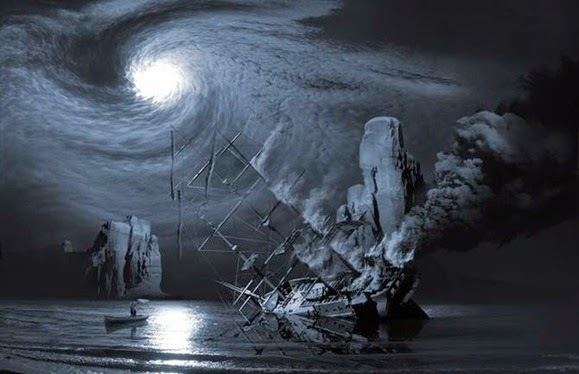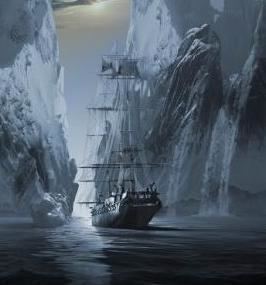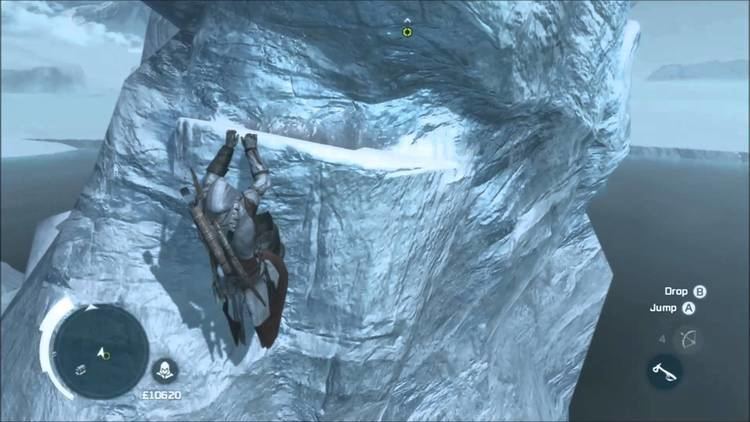Name Octavius Out of service 1762 | In service Before 1761 | |
 | ||
Fate Trapped in sea ice, all hands lost, found derelict in 1775 | ||
The Octavius was an apocryphal, 18th century ghost ship. According to lore, the three-masted schooner was found west of Greenland by the whaler Herald on October 11, 1775. Boarded as a derelict, the five-man boarding party found the entire crew of 28 below deck: dead, frozen, and almost perfectly preserved. The captain's body was supposedly still at the table in his cabin, pen in hand (exactly as in the Schooner Jenny legend) with the captain's log in front of him. In his cabin there were also the bodies of a woman, a boy covered with a blanket, and a sailor with a tinderbox. The boarding party took only the captain's log before leaving the vessel, because they were unwilling to search it. The last entry in the log was from November 11, 1762, which meant that the ship had been lost in the Arctic for 13 years. As the log was frozen, it slipped from the binding, leaving only the first and the last few pages in.

The story's supposed background is that the Octavius had left England for the Orient in 1761, and successfully arrived at its destination the following year. The captain gambled on a return through the treacherous and then little known Northwest Passage, with the unfortunate result of trapping the vessel in sea ice north of Alaska; thus, the Octavius had made the Northwest Passage posthumously. The ship was never seen again after its encounter with the Herald (being carried away by the streams and wind in the night after their encounter). The ship's last recorded position while the crew was still alive was 75°N 160°W, about 250 miles north of Barrow, Alaska, while the ship was discovered near Greenland.
Similar stories had previously appeared which shared some, but not all, of the elements of the "Octavius" story. In a 1905 version, traced by author David Meyer, the ship was named the Gloriana, and there was no mention of the Northwest Passage. The earliest version of the story so far traced by Meyer appeared December 13, 1828 in a Philadelphia-based newspaper named The Ariel: A Literary and Critical Gazette. In that version, too, there was no mention of the Northwest Passage, and the derelict ship remained nameless.

Uses in popular culture


